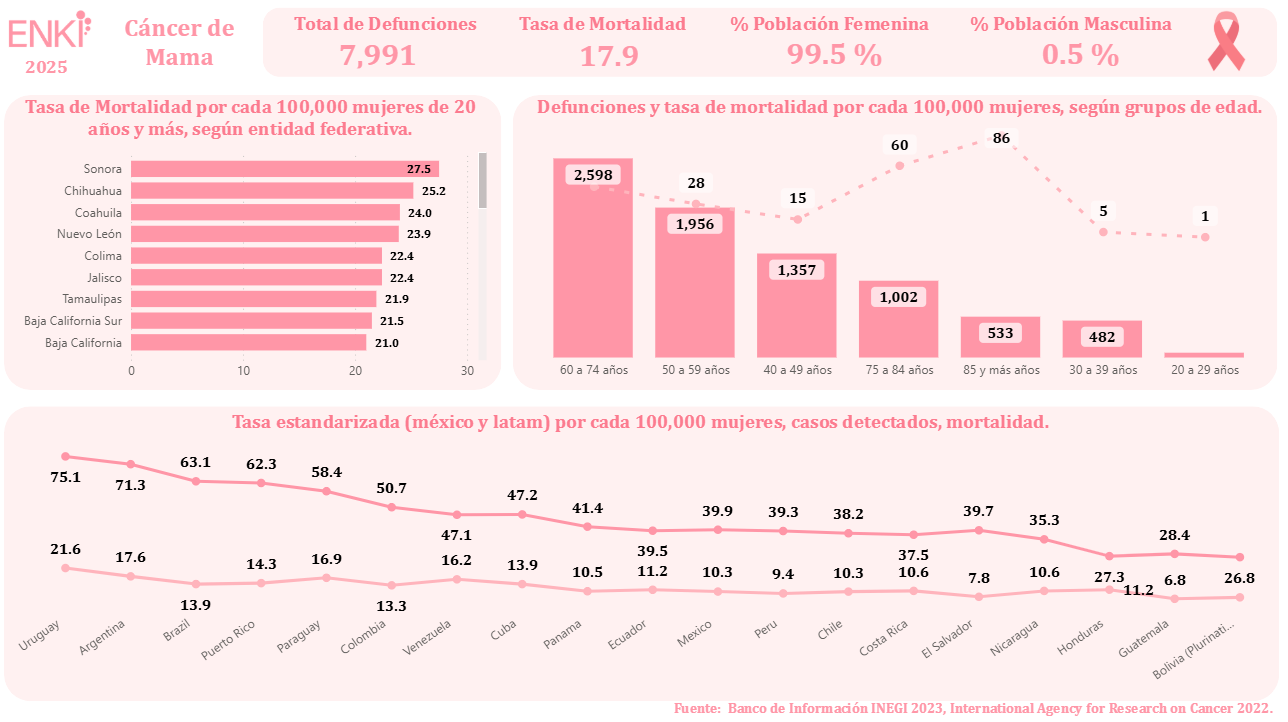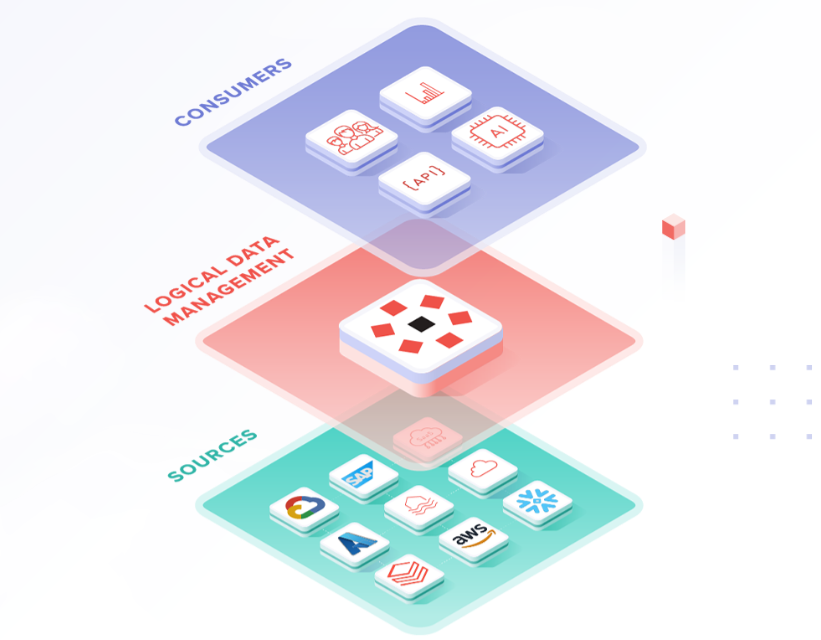Let's start by remembering that data warehouses are the foundation of many companies' data operations. They serve as centralized data repositories, allowing organizations to analyze large volumes of historical and current information to obtain valuable insights and make better strategic decisions.
However, the data warehousing landscape is changing rapidly. The explosion of data, driven by the Internet of Things (IoT), social networks, videos, audio, etc., has led to the need for more flexible, scalable solutions capable of handling an increasing variety of types of data.
Trend 1: The hybrid cloud and multi-cloud
The hybrid and multi-cloud cloud offers companies greater flexibility to choose where to store and process their data based on their specific needs. For example, they can store sensitive data in a private cloud and process analytical data in a public cloud.
Benefits of the cloud: In addition to scalability and cost reduction, hybrid and multi-cloud cloud allows companies to take advantage of the best features of different cloud service providers.
For example, a global retailer could use a private cloud to store sensitive transaction data and a public cloud to run machine learning models on large sets of customer data.
Trend 2: The Democratization of Data
In addition to self-service analysis and artificial intelligence, tools such as data visualization and interactive dashboards make it easier for non-technical users to explore and understand data.
Benefits: The democratization of data can drive innovation by allowing more people within an organization to contribute ideas and solutions based on data.
For example, a manufacturing company could use an interactive dashboard for production engineers to quickly identify the causes of quality problems on the production line.
Trend 3: Data Lakehouses with Databricks
Databricks offers a unified platform for building data lakehouses, which combines the advantages of data lakes (unlimited storage of structured and unstructured data) and data warehouses (fast analytical processing).

Benefits of Data Lakehouses:
By combining the best features of data lakes and data warehouses, data lakehouses offer a number of significant advantages for organizations:
- Data unification: They allow storing and processing a wide variety of data, both structured and unstructured, on a single platform. This makes it easier to create a holistic view of business and identify new opportunities.
- Agility and scalability: Data lakehouses are highly scalable, meaning they can easily adapt as data volumes grow. In addition, they offer great agility to perform ad-hoc analysis and respond quickly to business demands.
- Cost reduction: By consolidating multiple data systems on a single platform, organizations can reduce hardware, software, and maintenance costs.
For example, a telecommunications company could use Databricks to build a data lakehouse that stores data from networks, clients, and devices. You could then use the data to develop churn prediction models and optimize marketing campaigns.
The world of data warehouses is undergoing a significant transformation. Companies that adopt the latest trends, such as hybrid and multi-cloud cloud, data democratization and data lakehouses will be better positioned to gain a competitive advantage in the data age.









































